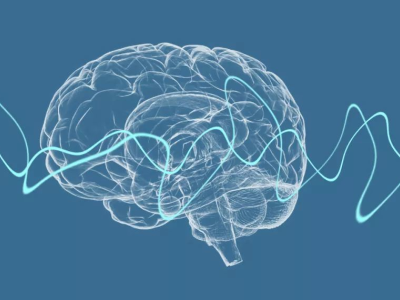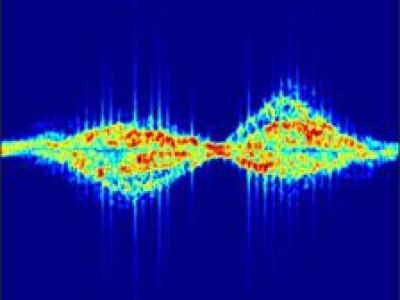
A fact-checking dataset focused exclusively on quantitative claims. It includes 33,422 fact-checked claims featuring comparative, statistical, interval, and temporal entities. Each claim is accompanied by detailed metadata and supporting evidence, providing a robust foundation for automated verification. This dataset contains claims and their corresponding fact-checking details. It is provided in JSON format, with each entry containing information about a claim, its processed version, fact-checking results, and relevant metadata.
- Categories:




